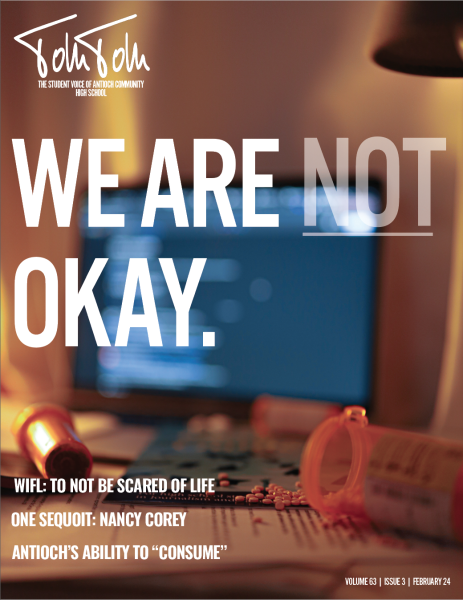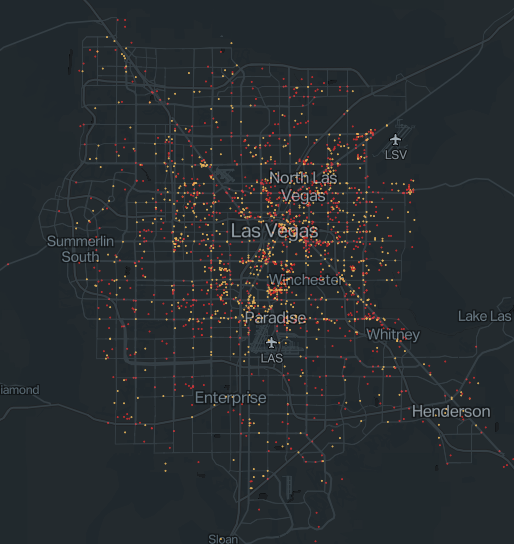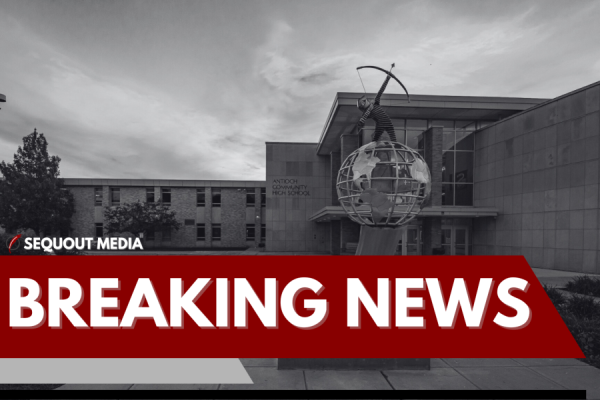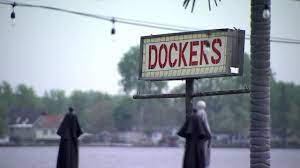Illinois Education Budget Crisis
Current Illinois budget crisis forces Governor Bruce Rauner and the entire state of Illinois to move to drastic measures.
Throughout the years of this Illinois financial deficit, the amount of debt Illinois collected has grown dramatically.
Since 2010, the state of Illinois has racked up a balance of over 768 million dollars needing to be paid to state school systems. This means that for every student attending public schools, the state isn’t paying school systems $1,100, according to rrstar.com. This lack of funding has caused schools to cut corners on lunches, make pay cuts to faculty and, in more extreme cases, caused entire schools to close. The consequences of this lack of funding is best illustrated in the Chicago Public School System, where countless schools have been forced to close their doors.
While the Illinois financial problems seem to continue to get worse, a solution also seems to be far from the state’s grasp. Rauner, who has been serving in office since January 2015, and Speaker of the House Michael Madigan cannot seem to come to an agreement on the state budget. Madigan is a member of the majority party of the Illinois state senate, meaning he has control. It has been over a year-and-a-half since the last official Illinois state budget. With no budget in sight and the lack of funding in schools, Rauner and the entire state of Illinois have been forced to take alternative measures.
On June 30, Rauner issued the Stopgap Bill. This bill is a temporary allowance of money issued to Illinois state education systems to help keep them afloat.
“Now, just because we were promised this money from the state doesn’t necessarily mean we will receive it,” Assistant Superintendent Jennifer Nolde said.
Stopgap, by definition, is an improvised substitute for something lacking; a temporary expedient. In the case of the Illinois state budget, this is a temporary six month fix. This is to help keep the state of Illinois financially afloat, and to help assure that schools were able to not only open their doors, but fully function this fall. The state of Illinois, through this Stopgap Bill, owes District 117 over two million dollars, that hasn’t been received yet.
“It’s ridiculous that we are paying taxes to our government and they can’t even give us money to help fund our schools,” senior Kasey Clark said.
Since the funds have not been received, the Stopgap Bill has not yet been able to fund several Illinois state education systems that are in desperate need of the money.













